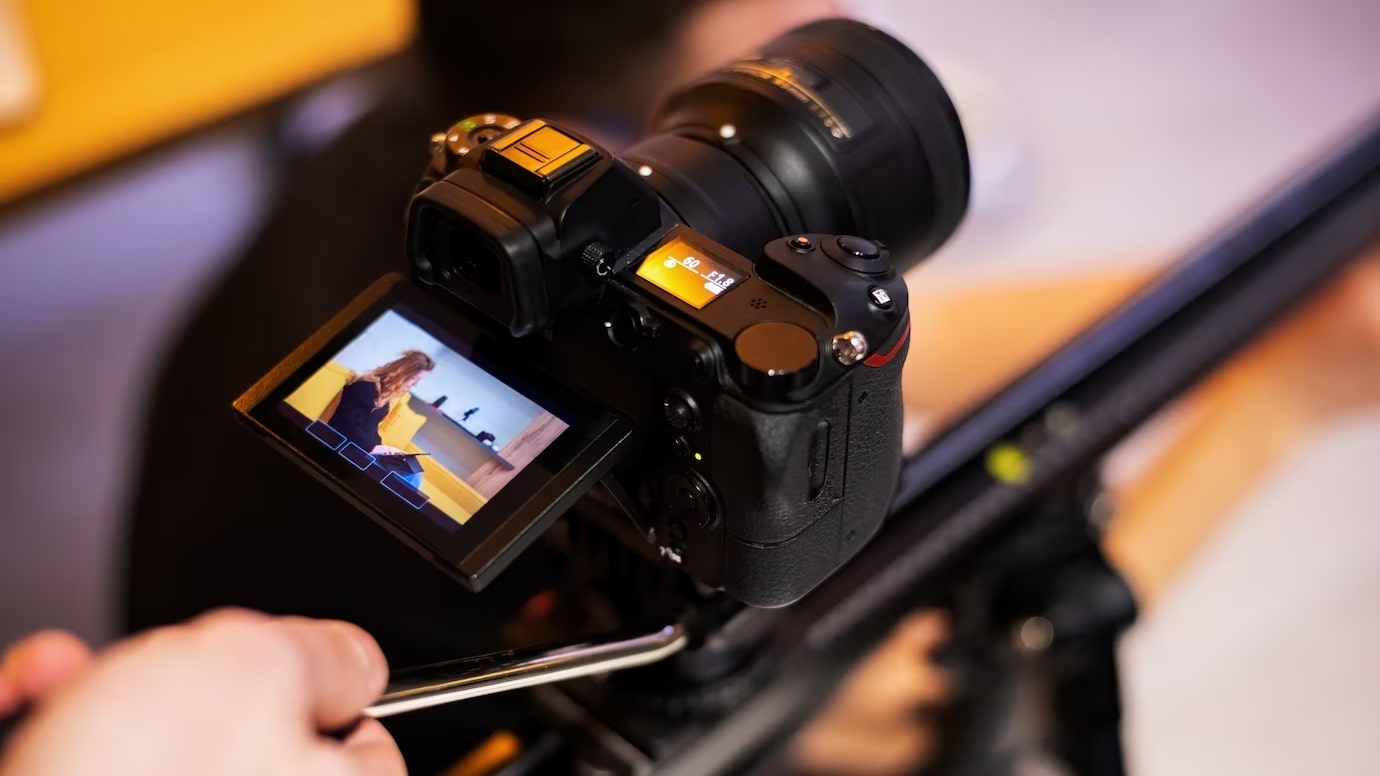In recent years, the advent of drone technology has revolutionized the field of cinematography, opening up new and breathtaking possibilities for filmmakers. Capturing cinematic drone shots has become an art form in itself, allowing filmmakers to explore unique perspectives and deliver awe-inspiring visuals. In this article, we’ll delve into the techniques that can help you elevate your aerial cinematography, ensuring that your drone shots are nothing short of stunning.
1. Master the Basics
Before attempting complex maneuvers, it’s crucial to master the basics of drone flight. Understanding how your drone responds to different inputs, practicing basic maneuvers, and becoming familiar with the controls will lay a solid foundation for capturing cinematic shots. Start by flying in an open space, away from obstacles, to build your confidence and competence.
2. Plan Your Shots
Just like any great film, stunning aerial footage begins with careful planning. Before taking flight, scout the location and identify key points of interest. Consider the time of day, weather conditions, and the direction of natural light. Creating a shot list or storyboard will help you visualize the sequence and ensure that you capture all the essential elements during your flight.
3. Utilize Dynamic Angles
Drones offer filmmakers the ability to explore perspectives that were once impossible or impractical. Experiment with dynamic angles, such as low-to-high or high-to-low shots, to add depth and drama to your footage. Utilize the drone’s mobility to capture sweeping panoramic views or tight, intimate shots that draw viewers into the scene.
4. Master Smooth Movements
Smooth and controlled movements are key to achieving professional-looking aerial footage. Jerky or erratic movements can detract from the cinematic quality of your shots. Practice executing slow and steady maneuvers, such as gentle pans and tilts, to create a seamless viewing experience. Many drones come equipped with features like GPS stabilization and obstacle avoidance to assist in achieving smooth shots.
5. Experiment with Speed and Altitude
Varying the speed and altitude of your drone can dramatically impact the visual impact of your footage. Slow, gradual movements close to the ground can convey a sense of intimacy and detail, while soaring at higher altitudes can emphasize the grandeur of the landscape. Experiment with different combinations to find the right balance that complements your storytelling.
6. Understand Camera Settings
Most drones come equipped with cameras that offer a range of settings, including resolution, frame rate, and white balance. Understanding these settings and how they affect your footage is crucial for achieving the desired cinematic look. Higher frame rates, for example, can be used for smooth slow-motion sequences, while adjusting the white balance ensures accurate color representation.
7. Embrace Post-Processing Techniques
Post-processing is a powerful tool for enhancing your drone footage. Whether it’s color grading, adding filters, or adjusting the contrast, post-processing allows you to fine-tune your shots and achieve a polished, cinematic look. Experiment with different editing software and techniques to find the style that best suits your creative vision.
Conclusion
Capturing cinematic drone shots requires a combination of technical skill, artistic vision, and meticulous planning. By mastering the basics, planning your shots, experimenting with dynamic angles, and paying attention to camera settings, you can elevate your aerial cinematography to new heights. Embrace the creative possibilities that drones offer, and with practice and perseverance, you’ll be well on your way to producing stunning and unforgettable aerial footage.
